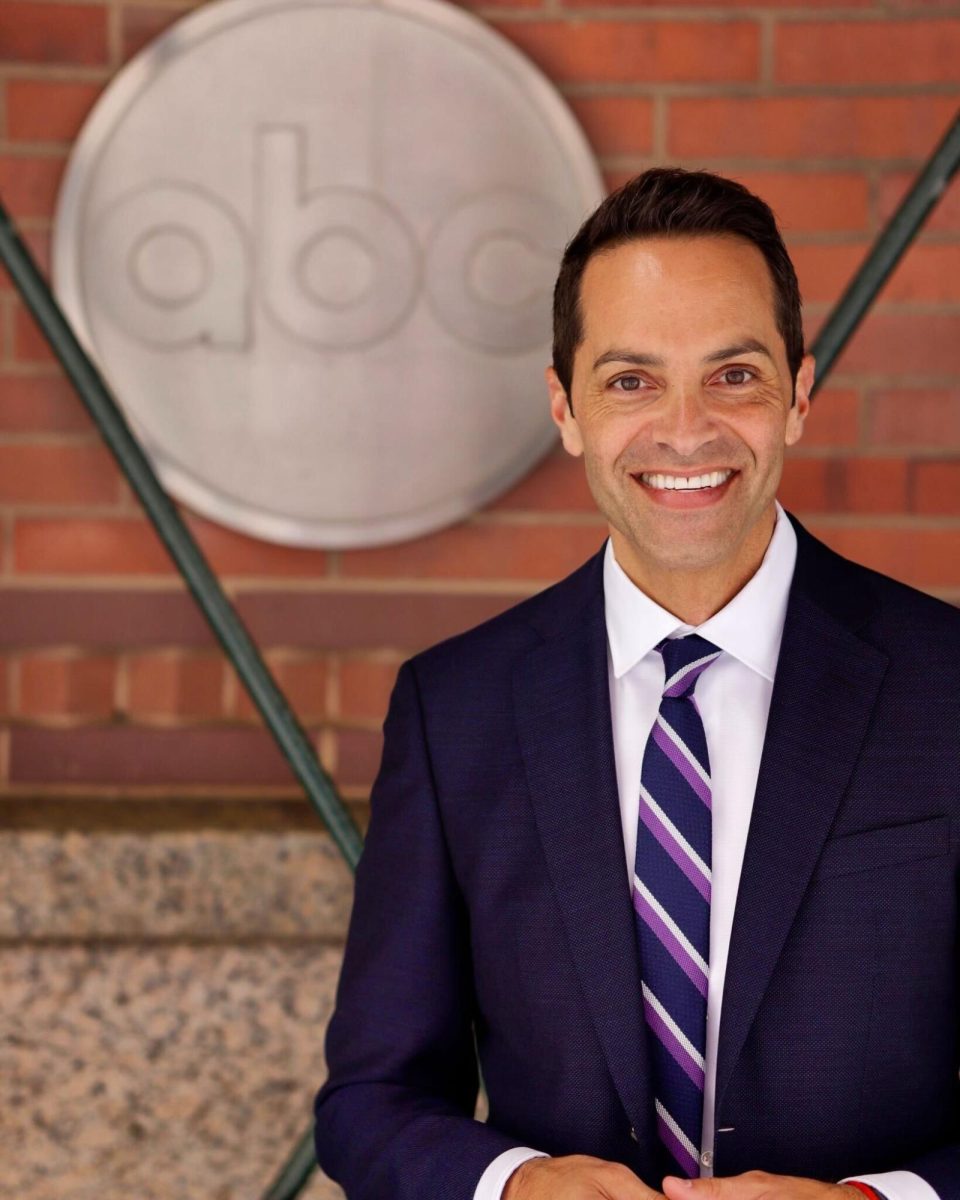
Although Amherst is known for being one of the top college towns in the country, it is also known for its close connection to poetry through its association with Emily Dickinson and Robert Frost.
To celebrate Amherst’s poetic roots, the Emily Dickinson Museum and the Amherst Business Improvement District hosted the second annual Amherst Poetry Festival this weekend. The three-day festival, which lasted from Friday to Sunday, served to pay homage to the past works of Dickinson and Frost as well as inspire published and aspiring poets to continue writing their own poetic works.
“The festival is a combination of the past and present…where poetry has gone, where it’s going,” said Lucy Abbott, the coordinator of group tours and public programs at the Emily Dickinson Museum. “We hope that it inspires a new generation of poets.”
Michael Medeiros, the public relations coordinator at the Emily Dickinson Museum, who, according to Abbott, started the Amherst Poetry Festival last year, agreed that a big part of the festival’s mission is to reintroduce poetry to the Amherst community.
“People say that books are dying, but you look around and it’s just not true,” Medeiros said. “(The festival shows that) great poetry is being written and this is the chance to see it in person.”
The poetry festival kicked off Friday evening at the Dickinson Homestead with the Emily Dickinson Poetry Marathon, a three-day reading of all 1,789 of Dickinson’s poems in chronological order. The event on Saturday continued with individual readings of work presented by local poets at the Dickinson Homestead Garden stage.
These poets included University of Massachusetts professors Martin Espada, Peggy O’Brien and John Hennessy. Espada, who held a noon panel on Saturday, called “The Poetics of Loss” with Doug Anderson and Rich Michelson in addition to his half hour individual reading, decided to be a part of the festival to help emphasize the importance of poetry to the Amherst community.
“I believe that a poetry festival in Amherst, the land of Dickinson and Frost, is vitally important to the local culture and community,” Espada said. “We have a great tradition to uphold and the poets of the Valley need a time and place to gather in celebration of that tradition.”
O’Brien, who read a few poems from her new book, “Trusting Ice,” at the event, agreed that the festival is a great way to uphold tradition as well as inspire the younger generation to write poetry.
“Having taught in the English department for several years, I’ve seen quite a few secret scribblers and I hope (the festival) gives them the courage to bring their words out,” she said. “It’s a perfect recruiting ground for poetry, and I love that the Emily Dickinson house is opening itself up to the younger community.”
Over the course of three days, the event recruited over 75 poets to read on the grounds of the Emily Dickinson Museum as well as in Sweetser Park and downtown Amherst. In addition to readings, the festival held events such as Doughnuts and Death, where attendants were offered free gingerbread doughnuts based on Emily Dickinson’s original recipe and taken on a walking tour to Dickinson’s gravesite to hear readings of her most depressing poems. The different events, said Medeiros, allows poets to immerse themselves in all forms of poetry.
“By seeing all the different poetry groups, you see how poetic this part of the area really is,” he said. “(Those who attend the festival) can expect to be immersed in Western Massachusetts poetry in the most immersive way possible.”
Elizabeth Kane can be reached at [email protected]


















